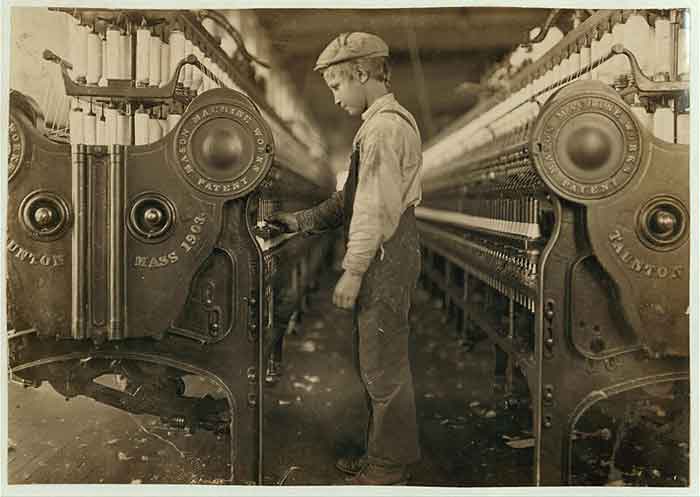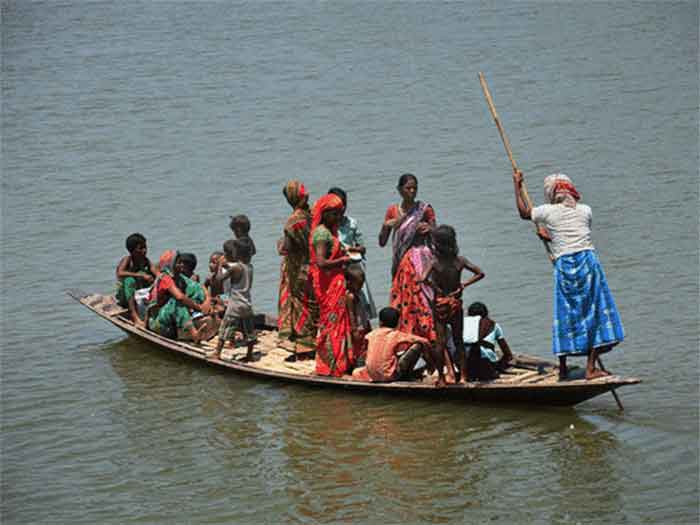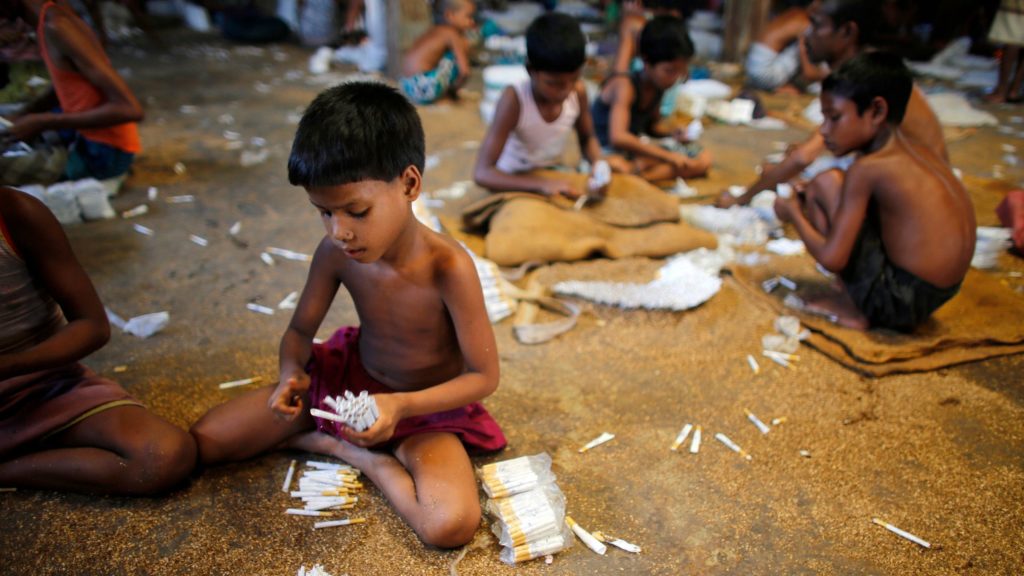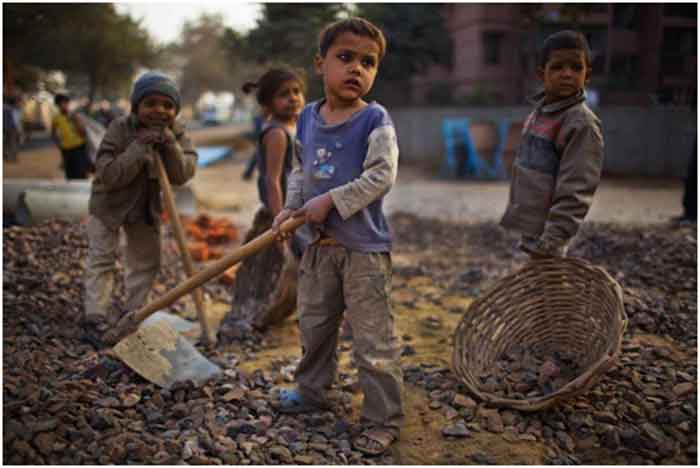
“Well, if we don’t recruit the children from Assam they will get into more trouble as who will then feed them. By working for us, at least they get to eat properly” came a sympathetic response from a village in Kimin Block. As part of the team studying Human Trafficking in our state, I visited Kimin block due to its close proximity with Assam in the winter of 2017. Another part of our team in Assam had informed us that almost eighty percent of the local children (from the Tea-tribes) are recruited in Arunachal Pradesh as child labour for domestic labour, agricultural labourers, daily wage labourers and as an unskilled labour force. These children are spread across the districts of Arunachal Pradesh with a major concentration in the capital complex of Itanagar, Naharlagun and other places.
In Kimin Block, these children were present in hundreds. Few made the transit every day working in the tea gardens while most others were employed in the capacity of domestic help in the houses of the towns. Ranging from the age group of 6 to 14, these children had come to be employed for the meagre salary between rupees 500 to 1500 per month i.e. Rs.16 to Rs. 50 per day. While the salary rates differed in the capital complex, the statistics of prevalence remain the same.
According to International Labour Organization (ILO) “child labour” is often defined as work that deprives children of their childhood, their potential, and their dignity, and that is harmful to physical and mental development. It refers to work that: is mental, physically, socially or morally dangerous and harmful to children; and interferes with their schooling by a) depriving them of the opportunity to attend school; b) obliging them to leave school prematurely; c) or requiring them to attempt to combine school attendance with excessively long and heavy work. In its most extreme forms, child labour involves children being enslaved, separated from their families, exposed to serious hazards and illnesses and/or left to fend for themselves on the streets of large cities – often at a very early age. Child Labour is engaged in agriculture, industries and services sectors. The worst forms of child labour are sale or trafficking, pornography, debt-bonded labour, child soldiers.
“It is not just the Assamese children, even local tribal children from the villages come to study in the towns and often stay with their relatives. However, they don’t do much studying as they become cheap labour for their relatives in return for food and shelter” said one of the school teacher when I asked about the migrant children in their town.
“They wake up the earliest, finish all the work first and then come to school. After school, they go back and do whatever their relative asks of them at that time. Thus, we have to take longer classes so that most of these children finish their homework in the school itself as we know most of them won’t get to study at home” added another teacher.
According to ILO, globally 152 million children between the ages of 5-17 are child labour, of whom 73 million are engaged in hazardous work. Based on 2011 census India does along have 5.6 million child labours. Laws and legislation are in place to fight against these practices but it requires collective and integrated efforts in ending child labour and promotes safe and healthy work for young people.
“It is quite difficult to find ‘bontis’ (here it refer to domestic helpers) these days” my uncle proclaimed the other day. “Why?” I asked. “Well, you have to pay the person who brings the bontis, the person who finds the bontis, the person who made the connection between the first two people and the bontis family. Too many payments have to be made for just one bontis.”
The increasing numbers of child labor (CL) in Arunachal Pradesh need an urgent introspection on the capability and well-being of the future pillars of the nation. Our dailies have reported a couple of cases on physical, emotional and sexual abuses of CL. Diverse perspective and assumption float when we discuss child labour. Are we shaping (CL) or slashing their future? How can we stop this inhuman practice in our state? Can they have books instead of tools in their young hands? These are some of the questions that bother us. On 12th June 2018, ILO has celebrated the World Day Against Child Labour (WDACL), focusing on the need to end child labour and prove the safety and health of the young workers.
What is required in our state is a culture to stop engaging child labour in our homes, hotel and other places as an apprentice, janitor, babysitter, farms, mining and so on. Imagine the future and well-being of those young minds, denied education and childhood (freedom, pleasures, play, and socialization). We have failed to provide free education, childhood, and freedom in their impressionable ages.
We need to envision the future well-being of our children, where they grow up with capability and function as a self-reliant person. In order to achieve it, we have to give the best opportunities to our children. The laws have to be followed in their true spirit as well as securing livelihoods of parents and family members, thereby helping prevent child labour. Not an easy task at but not an impossible task either; with the collected and integrated efforts of individuals, civil society, and the state in particular. These pillars are essential in upholding the spirit of United Nations Convention on the Rights of the Child (UNCRC, 1992): Survival, Development, Protection and Participation Rights of the children.
John Gaingamlung Gangmei, Assistant Professor, Department of Social Work, RGU and Ronnie Nido, Former Research Officer, National Research Study on Human Trafficking in India, TISS, Mumbai














































